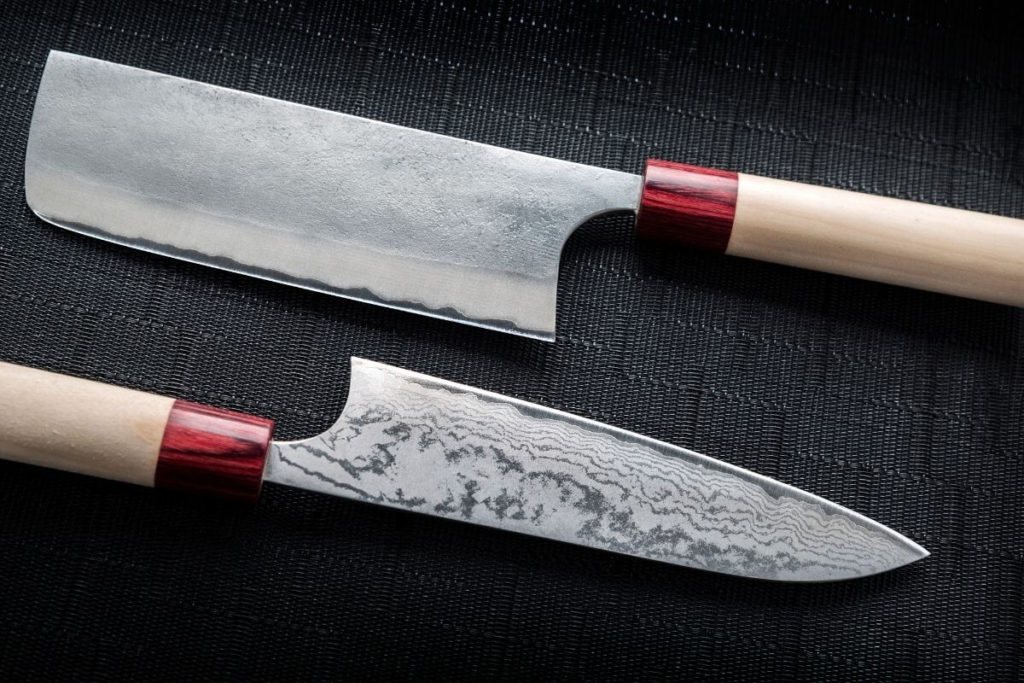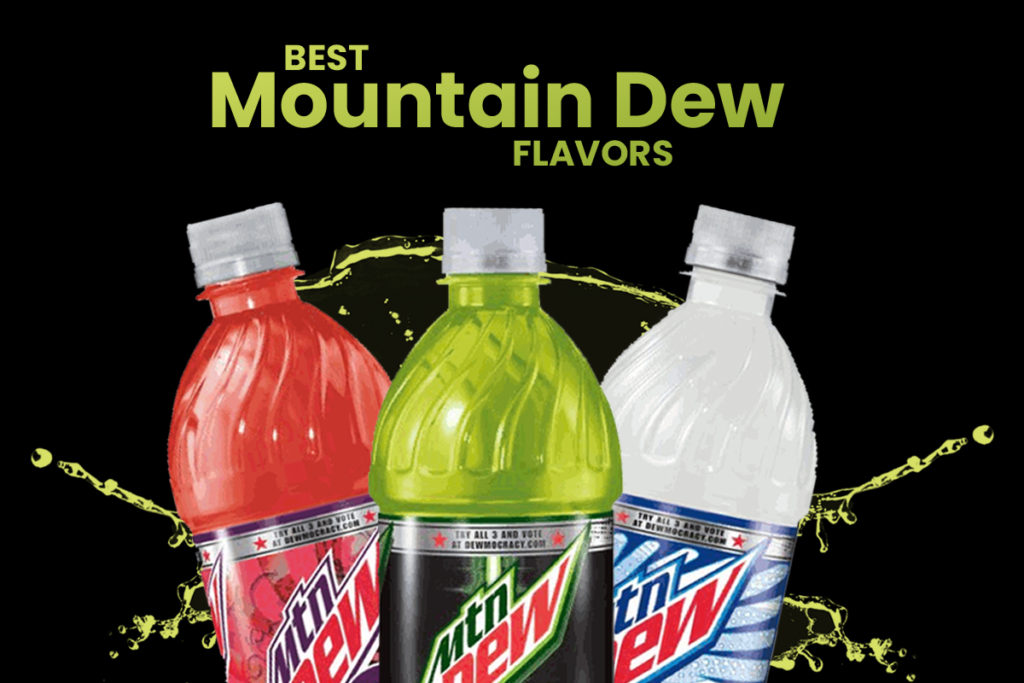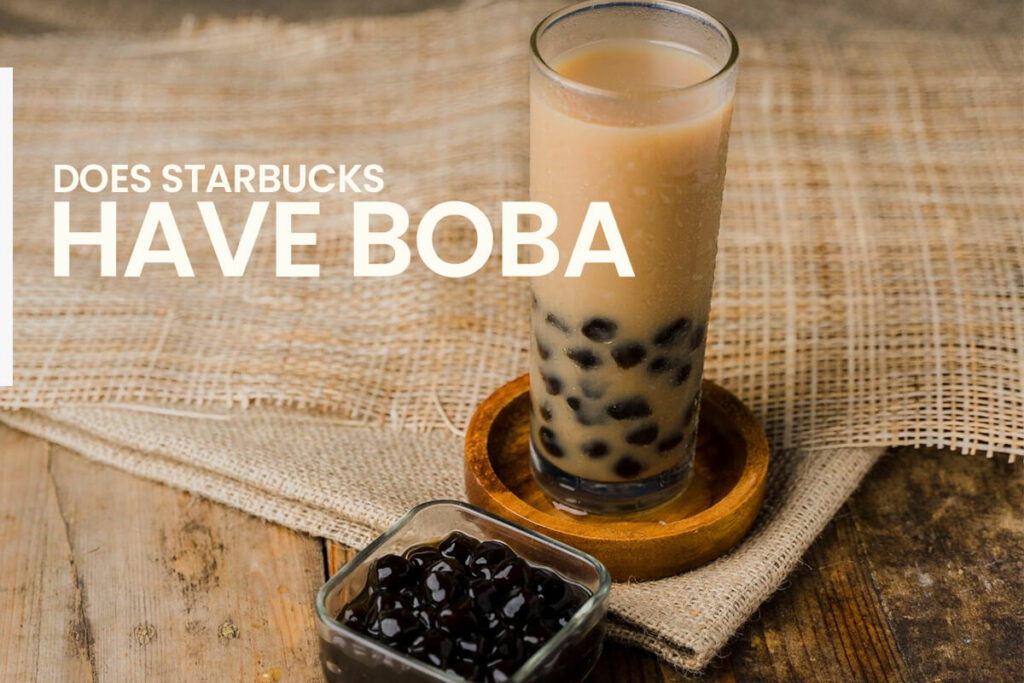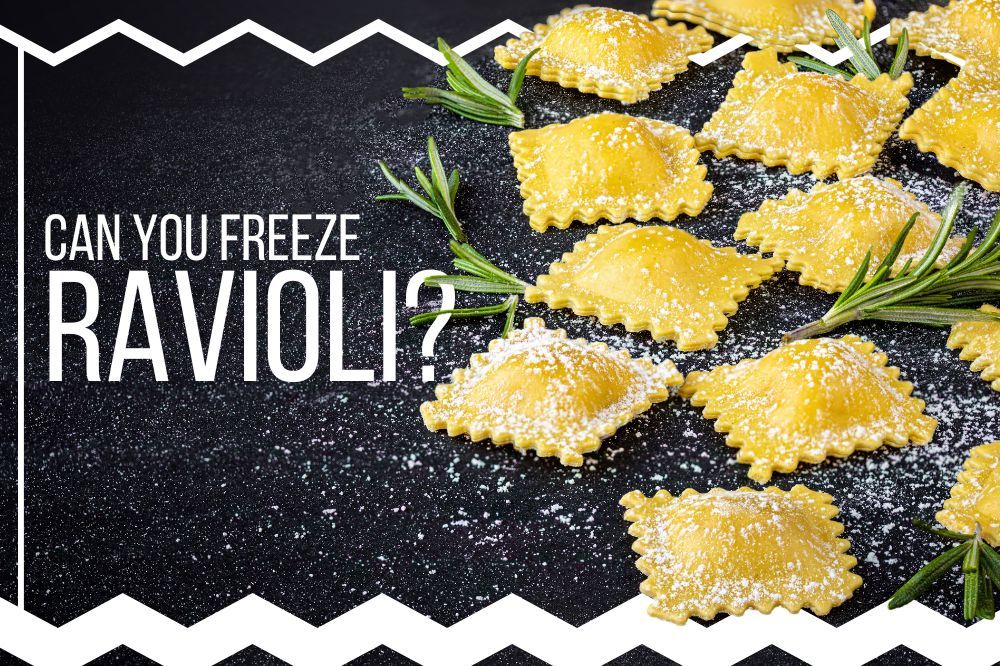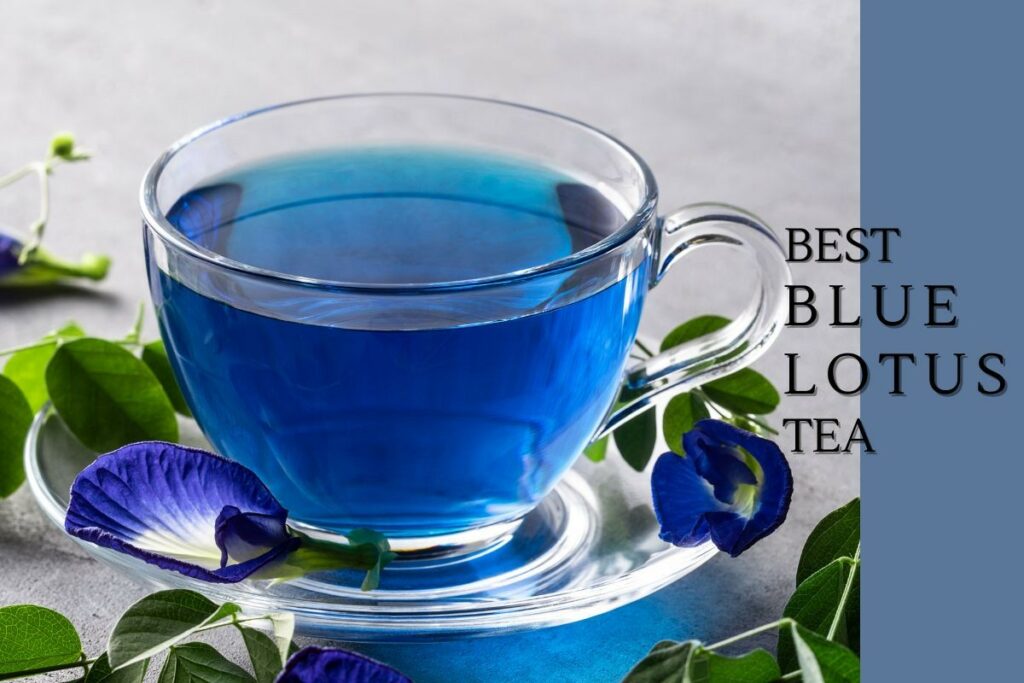Usuba vs Nakiri Knives: Which One is Better? (Updated 2025)
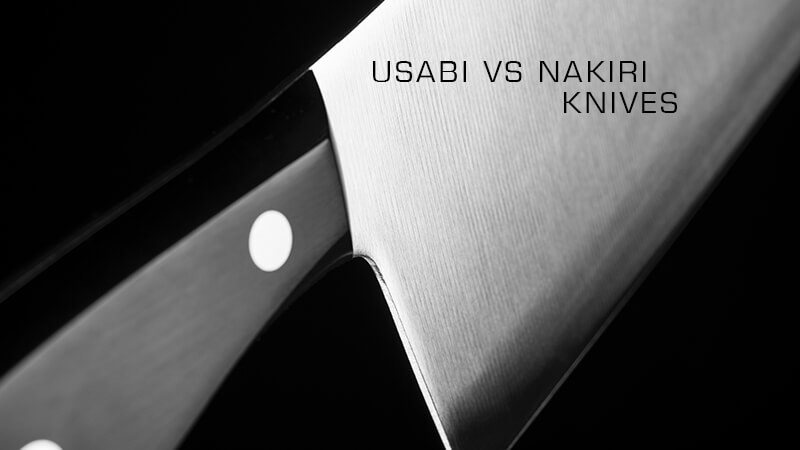
Trying to decide between Usuba and Nakiri Knives? Stick around as we share the difference to help you decide which is best.
Everyone needs a reliable kitchen knife. However, there are tons of varieties available on the market today, such as Usuba and Nakiri knives, making it challenging for beginners, or even seasoned professionals, to choose the right ones.
While most opt for convenience and accessibility, there’s a reason why so many knives have been created. Although all can cut well, each of these varieties caters to certain needs. This is why you need to get one to aid you in your particular culinary pursuits.
Considered vegetable knives, both Usuba, and Nakiri knives bring more than just their names to the table. Want to know more about these and the differences between Usuba and Nakiri knives? Read on to find out.
What is an Usuba Knife?
The Usuba is one of the more popular vegetable-cutting knives. A knife with traditional Japanese leanings, the word Usuba translates to ‘thin blade’.
Originally from the Kanto region in Tokyo, the Usuba variety’s design helps preserve the natural shape and texture of fruits and vegetables, rather than breaking and destroying their cell walls.
This sustains colors and flavors in vegetables and fruits even after cutting, thus delaying the process of oxidation.
In appearance, an Usuba knife is made out of a tall, long blade that’s only sharpened on one side, thus falling into the category of a single-bevel knife.
Its hefty and long blade is geared towards addressing larger ingredients that normally pose a challenge to cut through, such as cabbage, lettuce, and the like.
Moreover, this particular cutting instrument also fulfills the specialized cutting technique known as katsuramuki, or cutting a vegetable into paper-thin sheets.
However, the Usuba knife is made differently for right- and left-handed users.
A knife made for right-handed individuals leans toward the left, while those made for left-handed people lean to the right.
Types of Usuba Knives
There are two main types of Usuba knives, both of which generally measure from 180 millimeters to 240 millimeters.
-
Usuba
Also known as the Kanto Usuba, this knife has a square tip blade. At times, the tip of the blade may vary, taking on either a rectangular or semicircular appearance. It bears a similar resemblance to a meat cleaver, though smaller in size.
-
Kamagata Usuba
Meanwhile, the Kamagata Usuba hails from the Kansai region in Osaka. It has an ever so slightly pointed tip.
Because of this pointed tip, this knife allows for more delicate work; allowing chefs to make intricate cuts, carvings, and preparations for fruits and vegetables.
In the past, chefs for the Imperial family used this knife to prepare ornate and beautiful spreads fit for the royal family.
What is a Nakiri Knife?
On the other hand, the Nakiri also serves as a vegetable-cutting knife. It has a square, thin, double-bevel blade that roughly translates into a ‘leaf cutter’. Although designed for a more delicate cutting approach, the blade is significantly larger than the Usuba variety. In fact, its blade is often regarded as one of the more intimidating due to its size.
The blade size of a Nakiri knife makes it best for cutting vegetables that have a harder and rougher skin or exterior, as well as thicker vegetables. Its straight and thin blade allows it to slide through produce, ensuring minimal effort and follow-through on the individual’s part.
Five to seven inches in length, the nakiri knife ensures fluid chopping and clean cuts every single time because the flat edge of the blade goes through the vegetable or fruit and straight to the cutting board. This eliminates possible threads or sticking of cell walls, therefore not damaging the vegetables.
Appearance-wise, the blade of a Nakiri knife has a more rectangular shape with a slightly rounded tip. This makes it ideal for chopping veggies from an angle.
Unlike the Usuba’s build, the Nakiri caters to both right- and left-handed people. Not to mention, it is typically used more at home. Compared this to the Usuba normally utilized by chefs and seasoned professionals for commercial kitchens and restaurants.
While the Nakiri knife bears similarities to a cleaver, it should not be used to cut bones or harder materials. Though it may perform well, the thin and lightweight blade of this knife can become blunt over time.
Usuba vs Nikiri: Which Should You Buy?
If you are more attuned with your knife-handling skills, you are likely better suited for an Usuba knife. Apart from its superior cutting performance and its super-fine edge, it also yields a more delicate outcome designed to complement the skills of those in the culinary industry.
However, to suit your needs, you will need to invest in one made for your dominant hand. If you are a professional chef or a kitchen expert, you might want to look into this.
For those who are just beginning their culinary journey or simply want to up their home cooking game, the Nakiri knife is worth looking into.
Apart from suiting everyone, this knife is generally a handy tool to have in the house because of its versatility. It also has a wider surface, giving the knuckles room to guide the blade when cutting.
Not to mention, the Nakiri blade does not shorten nor diminish over time despite repeated sharpening, making it a valuable investment.
Japanese Knives in History
Throughout history, these Japanese-crafted tools have been regarded as some of the most exquisite creations both in and out of the culinary world.
Japan has garnered a reputation for its formidable knives, making them a reliable investment that will last years and years.
As a matter of fact, Japanese kitchen knives have been romanticized with chefs and cooks alike waxing poetic about them; motivating many to make the switch.
Traditionally made from carbon steel called hagane, Japanese knives can last years with great care. While they have exceptionally sharp edges, they can still become dull and rust over time if not properly maintained and sharpened.
Part of their appeal is that these sharp tools are stiff and light at the same time. This gives them a certain heft when it comes to food preparation and cooking.
Not to mention, the unique folding and manufacturing techniques used on these knives make the blades thin yet strong and sharp. The popularity of these utensils has urged knife makers in Germany and in other parts of the world to adapt Japanese-making approaches as well.
Thanks to the inspiration Japanese history and creation have lent us, you can now find an abundance of Japanese knives circulating the market.
The Bottom Line
Now that you know the differences between the Usuba and Nakiri knives, do you find yourself inclined to purchase them and add these instruments to your arsenal?
Whichever you choose, either of these varieties will give you the finely-chopped veggies of your dreams.
you may also like
well hello there!

Hi, I'm Linda thanks for stopping by! We're so happy you're here. If you're a foodie and love to cook from home - you're in the right place..
LEARN MORE
free newsletter
Join the mailing list and receive our free newsletter!
recent posts
let's be social
search site
Recipe Marker
Recipe Marker provides you with the best information about home cooking tips, recipes, ingredient substitutes and more. Check out our blog to see the latest articles.
Copyright © 2024 Recipemarker.com | All Rights Reserved | Privacy | Disclaimer | Contact


